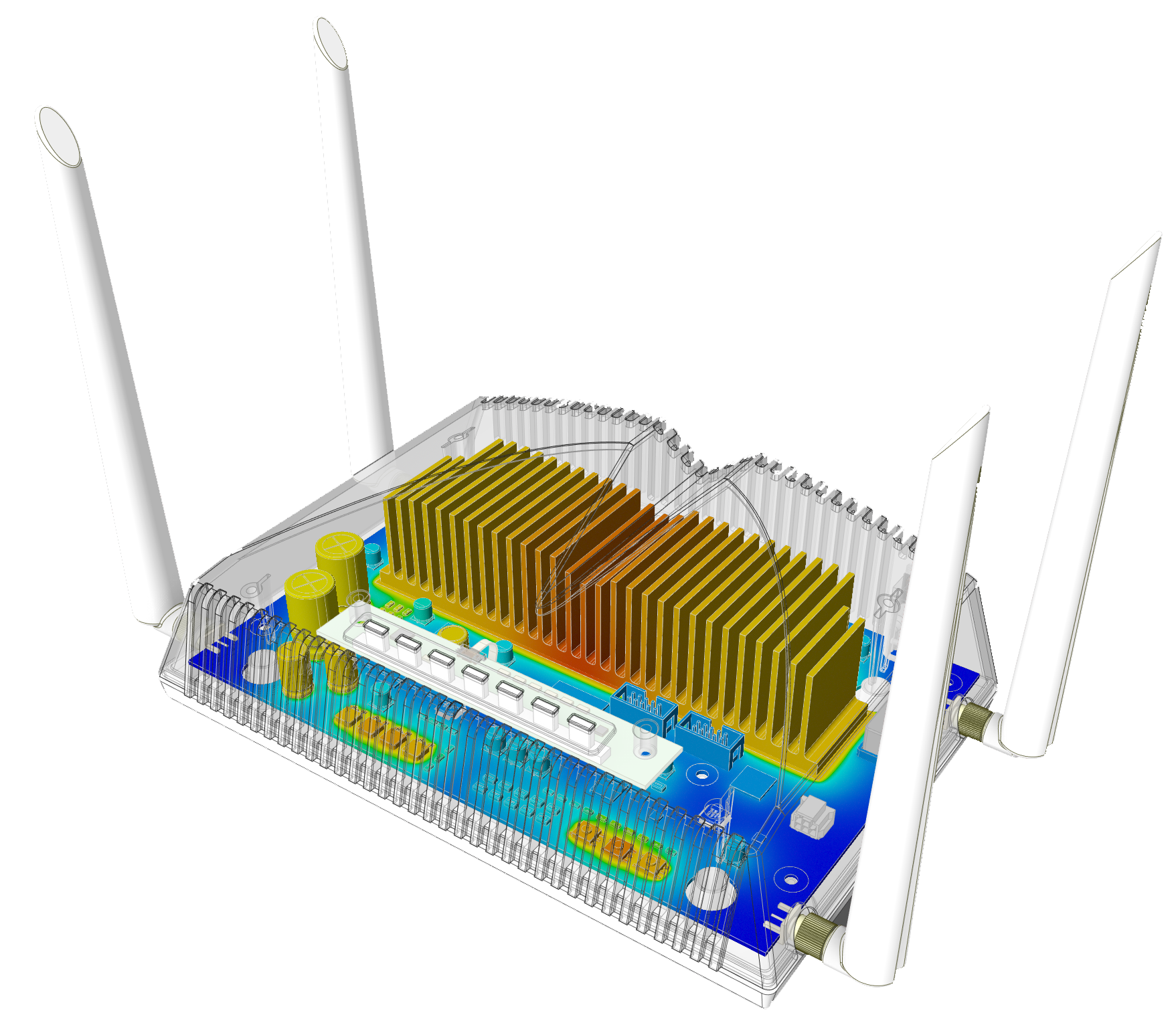Econ was a co-exhibitor of Altus Aero at the AERO Friedrichshafen international exhibition, which is the most significant event in the general and recreational aviation category today. At the 29th AERO, more than 30,000 attendees could view hundreds of aircraft from 670 exhibitors from 35 countries. Econ, as a specialist in aerodynamic simulations, presented itself at a joint stand with Altus. Aeromagazin reports on the cooperation in its May issue.
Econ in Aeromagazin
The cooperation between eCon Engineering Kft. and Altus Aero dates back several years. Altus wanted an ultralight plane with comfortable side-by-side seats and a spacious luggage compartment, which consumes less fuel than traditional motorized ultralight planes, produces less noise, and at the same time can be flown safely both with and without the engine in operation. The good visibility during taxiing and flight, as well as the rigid landing gear, were also important factors. Since an aircraft meeting all these criteria could not be found on the market, the company finally decided to develop its own variable wingspan model. After more than 3 years of planning and construction, the Altus prototype took off for the first time in June 2018 and has now flown more than 800 hours, performing equally well in cold alpine weather as in a hot beach or rainy environment.

Virtual Blade Model as a solution
Econ provided assistance for the development of the aforementioned new aircraft model. In a recent project (KFI-112 – Development of Artificial Intelligence supported simulation methods for propeller-airframe interaction optimization), econ’s Virtual Blade Model (VBM), which develops three-dimensional aerodynamic corrections based on artificial intelligence, was developed to simulate propeller-induced flow and propeller-airframe interaction phenomena cost-effectively and with sufficient accuracy. This allows to accurately account for the effect of the propeller on the airframe structure, even in optimization calculations.
The optimization capability of econ as a future service has been successfully demonstrated by aerodynamically optimizing the air intake of the Altus motor-glider and verifying it with flight measurements. The comparison of the measurement and simulation results showed that the applied aircraft modeling procedure and the Virtual Blade Model developed by the consortium perform as expected.
In addition to the aerodynamic simulation and optimization procedures, a layer-level fatigue analysis procedure for continuous fiber-reinforced polymer composites has been developed, which relies heavily on parameter calibration from component test results using optimization methods. For the propeller blade, this procedure has been successfully demonstrated by econ’s simulation.
The Altus aircraft is perfect for calibrating and testing these CFD models and techniques, as it can be flown in glide mode both with or without using the propeller, allowing the effect of the propeller to be measured directly during the flight test.
Gábor Zipszer, project manager & senior CFD engineer of eCon Engineering Kft., gave a presentation on how simulations can support the general aviation industry at the conference held in parallel with the exhibition.
“The aerospace and composite industries are of great importance for econ, where we can provide high value-added services,” said Gábor Kiglics, Managing Director of eCon Engineering Kft. to Aeromagazin newspaper’s question.
Econ has also achieved outstanding results in these industries in the past decades and sees the dynamic development of domestic industry in these sectors in the future.
Read further details in the article published about econ in Aeromagazin. (Article is in Hungarian.)
